Casting, Contracts, and Culture: The Real Money Behind Transgender Modeling
I’ve spent more than twenty years kicking around the fashion industry, mostly behind the curtain in casting and brand consulting. I’ve seen enough trends to make your head spin, and honestly, I’ve heard the industry promise to ‘change’ more times than I can count. Most of the time, it’s just talk.
In this article
But over the last decade or so, something different has been happening. It’s not some glamorous revolution; it’s a slow, grinding shift. It’s the real inclusion of transgender models on runways, in major campaigns, and as the faces of brands. This goes way beyond just putting a new face on a magazine cover. It’s about rewriting the fundamental business of fashion, from the way we find talent to how brands actually talk to the people buying their stuff.
A lot of articles on this topic just give you a list of names and call it a day. This isn’t one of those. We’re going to pop the hood and look at the engine. We’ll get into the mechanics of casting, the strategies that trailblazers used to open doors, and the very real challenges that are still out there. Let’s move past the surface-level celebration and get into a practical understanding of how this evolution really works. This is for the aspiring models, the brand managers, and anyone who wants to know how the sausage is actually made.
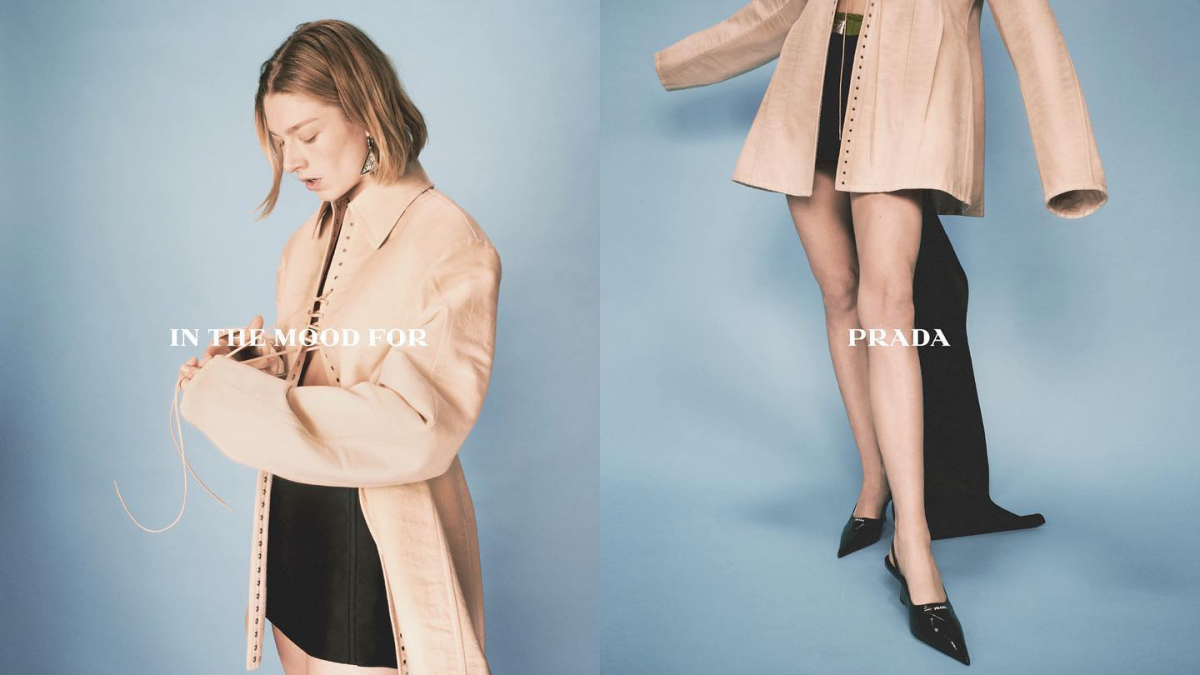
The Casting Game: From ‘Blank Canvas’ to ‘Real Person’
To get why we’re seeing more trans models, you have to understand the machinery of the fashion business. It doesn’t run on goodwill, folks. It runs on image, influence, and cold, hard cash. The push for inclusivity didn’t happen just because it was the right thing to do. It happened because the cultural and financial incentives finally lined up.
For years, casting was painfully rigid. A big design house would send a brief asking for a specific look, age, and attitude. The unwritten rule was that the model should be a ‘blank canvas’—someone who wouldn’t distract from the clothes. This, of course, led to a very narrow, homogenous, and frankly, boring standard of beauty.
I vividly remember a casting for a European luxury brand not too long ago. The brief asked for “classic, timeless beauty,” which was just industry code for thin, white, and cisgender. Today, that same brand’s brief is more likely to ask for “authenticity and a unique personality.” That two-word shift represents a massive change in strategy.
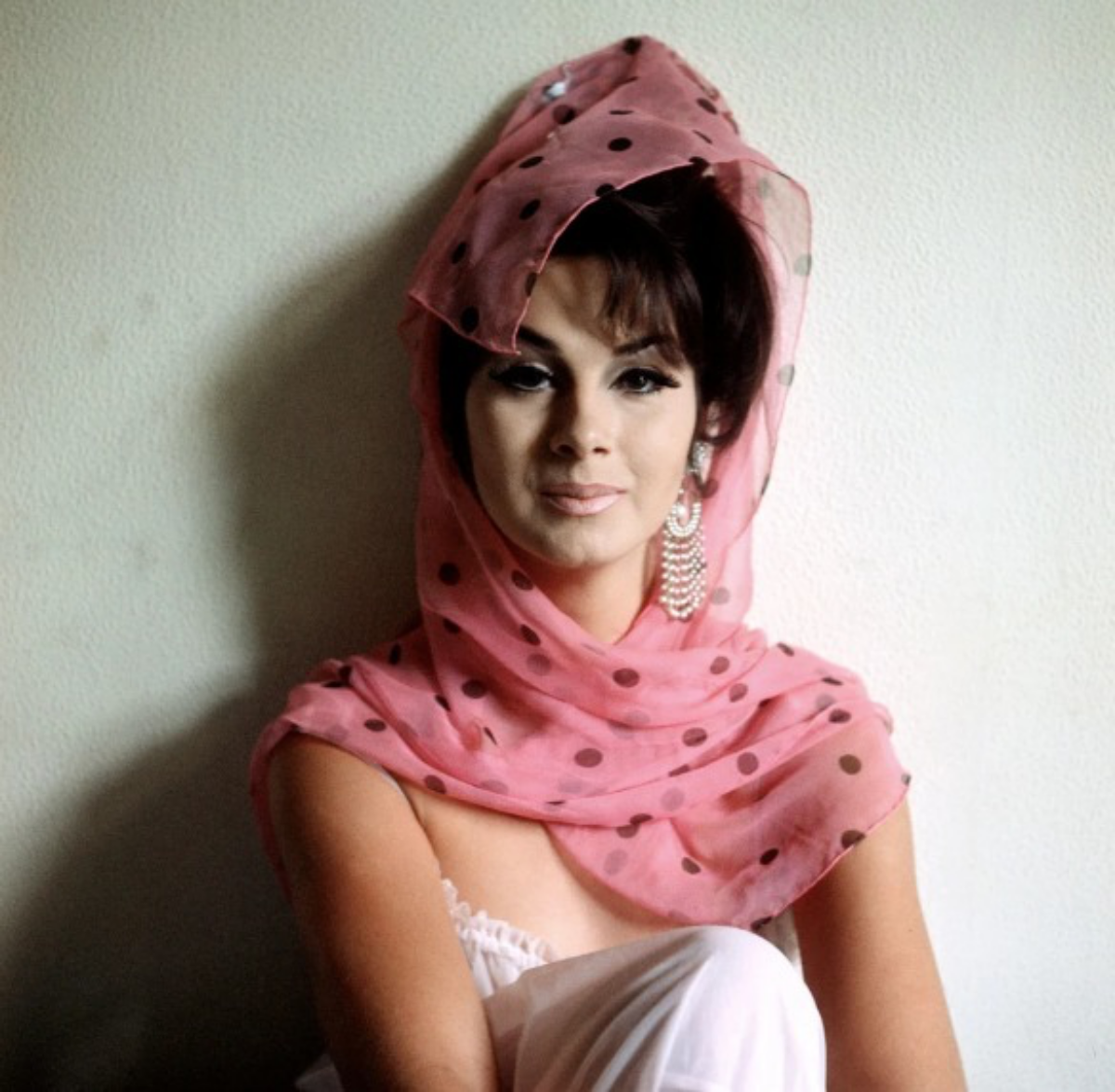
So, what really changed? Social media, for one. Models are no longer anonymous hangers for clothes. They’re their own brands with followers, a voice, and real influence. A model with a compelling story brings their entire community with them to a campaign. For a brand, that’s an instant, authentic connection to a dedicated audience—a marketing advantage a traditional model just can’t offer.
Good Brief vs. Bad Brief: What to Look For
By the way, it’s incredibly telling to see how these briefs are written. You can spot a brand that gets it versus one that’s just ticking a box.
A lazy, unhelpful brief might say something like:
• “Seeking an edgy, androgynous model for a new campaign. Must be tall.”
See how vague that is? It’s uninspired and puts the model in a narrow box. A good brief, on the other hand, feels like an invitation:
• “Casting for our ‘Unfiltered’ collection. We’re looking for individuals with authentic stories and a strong sense of self. We welcome all gender identities, expressions, and backgrounds. Please include a link to your social media or a short, personal bio.”
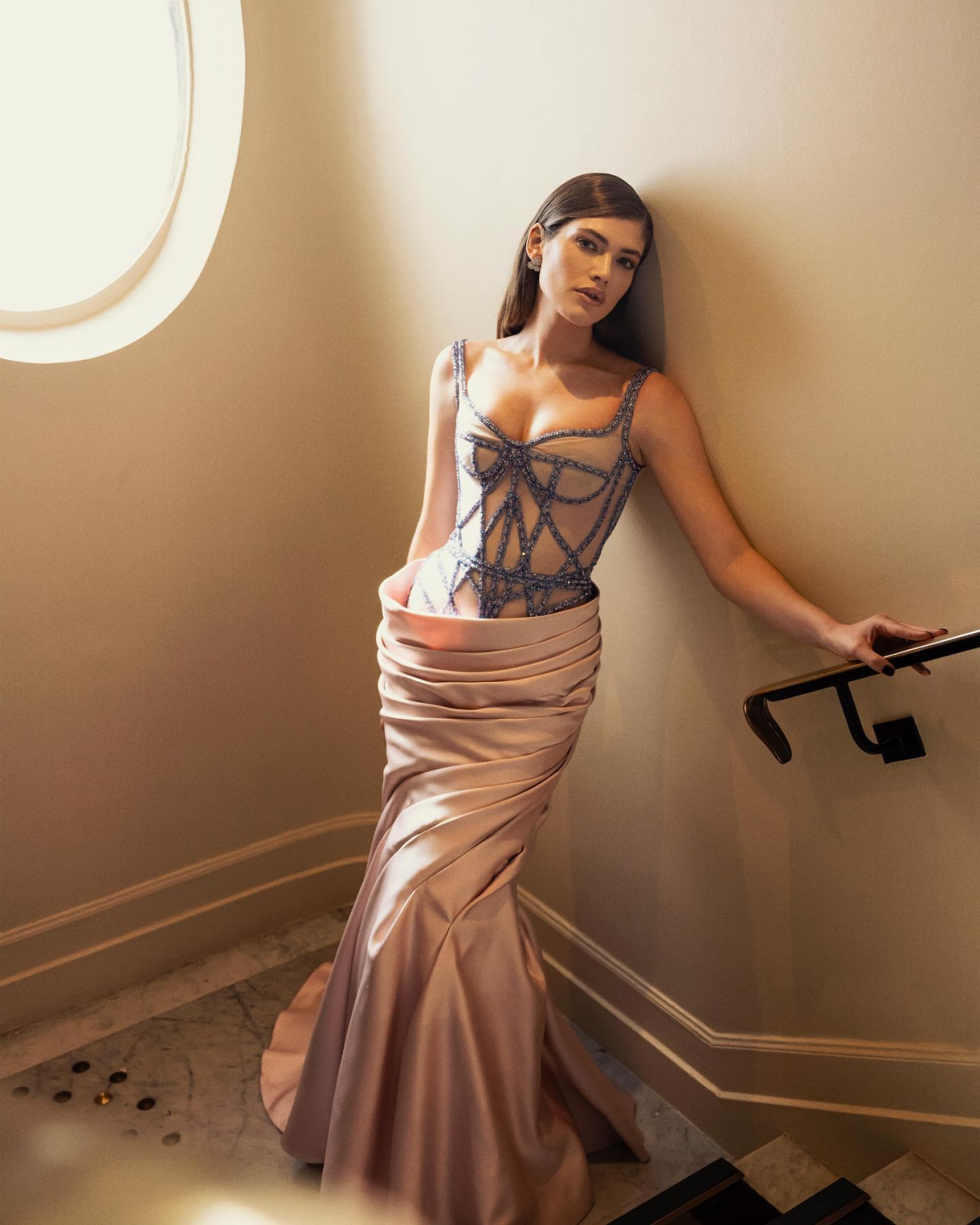
The difference is huge. One is looking for a prop; the other is looking for a partner.
Let’s Talk Money: Contracts, Pay, and Protecting Yourself
Okay, let’s get to the part everyone really wants to know about: the money and the contracts. The pioneers who paved the way faced an industry that was openly hostile. Their careers were built on a knife’s edge, where being outed meant instantly canceled contracts and getting blacklisted. One of the most famous early Black transgender models had a huge contract with a major cosmetics company, a deal that would have been worth a fortune, only to live in constant fear of exposure.
Thankfully, things are better now, but you still have to be smart. A contract is your protection. Let’s talk numbers. The pay can vary wildly, so don’t get discouraged if you start small.
• A few sponsored social media posts could bring in anywhere from $500 to $5,000, depending on your following.
• A regional print ad might be in the $5,000 to $15,000 range.
• A major national or global campaign? That’s the big league. We’re talking $25,000 to well over $100,000, especially if it includes a TV commercial and extensive usage rights.
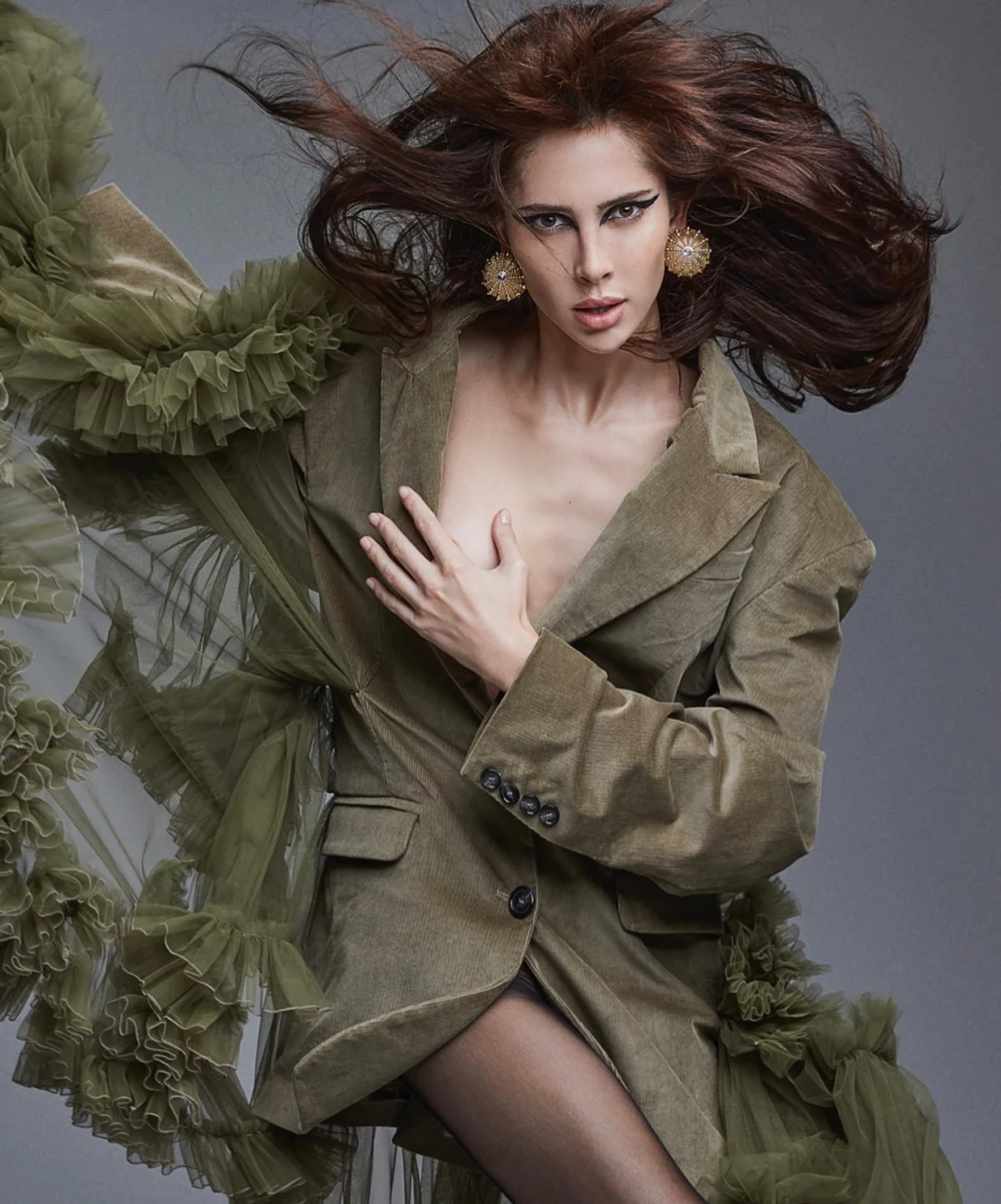
Heads up! Always, always read the ‘usage’ clause in your contract. This clause dictates where and for how long the brand can use your image. A contract for one year of online use is very different from a ‘full buyout in perpetuity’ (meaning forever). If they want your face forever, they need to pay a premium for it.
For Models: How to Build Your Portfolio and Your Brand
If you’re an aspiring trans model, knowing how to market yourself is everything. Your portfolio and your online presence are your resume, your business card, and your first impression all rolled into one.
A common mistake is thinking you just need a few good headshots. Nope. Your portfolio, or ‘book,’ needs to show your range. The pros want to see that you’re not a one-trick pony. Make sure you have:
1. A clean commercial shot: Think smiling, approachable, like you could sell toothpaste or a cell phone. 2. A high-fashion, editorial look: This is where you get creative and show your artistic side. 3. A lifestyle shot: Something that shows your personality. Maybe it’s you skateboarding, painting, or just laughing with friends. It feels real. 4. A simple, clean body shot: Usually in simple clothing against a plain background, showing your physique.
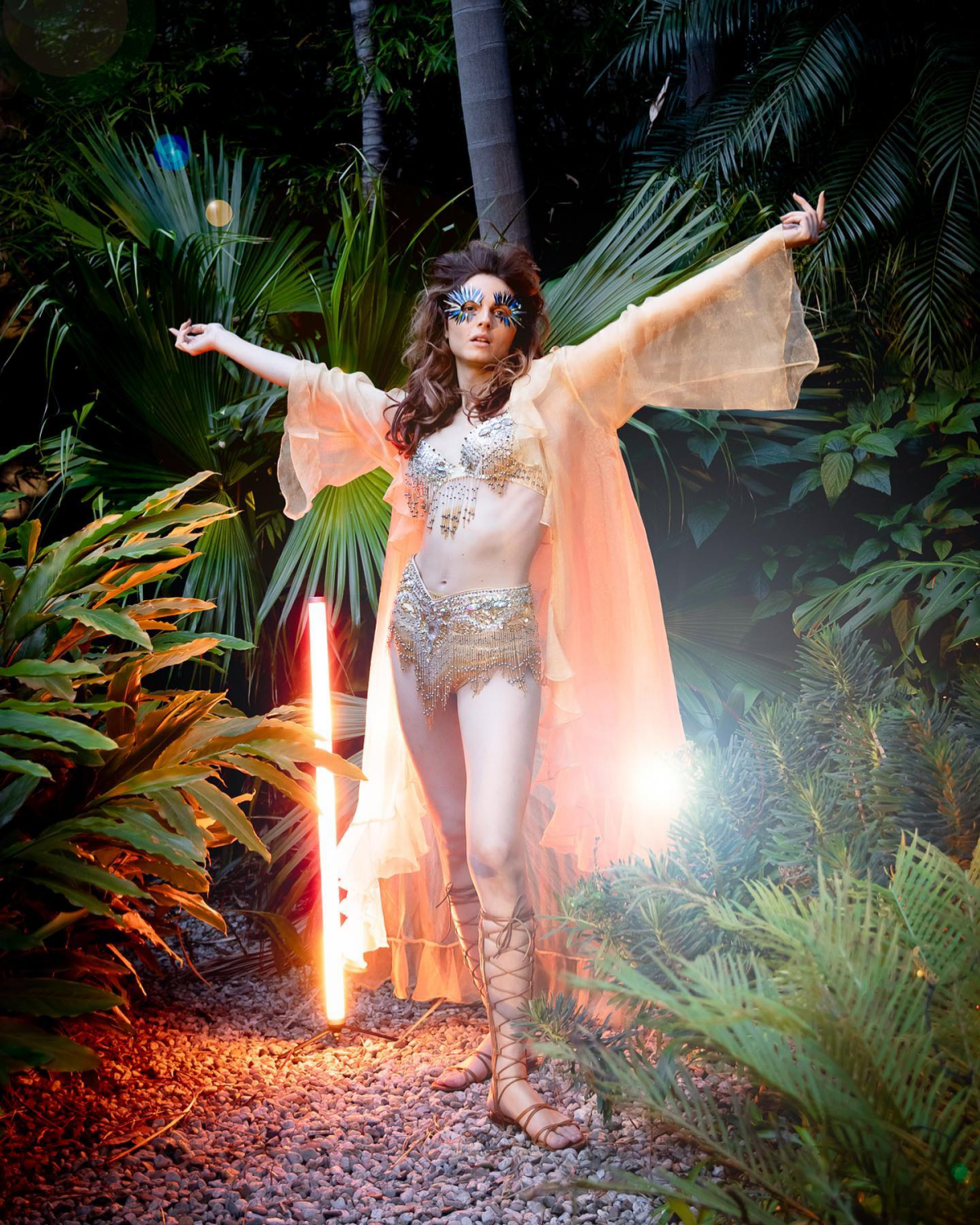
Oh yeah, and your social media is non-negotiable. Treat it like a professional tool. It’s where you build that community brands are so desperate to connect with. Let your personality shine through—it’s your biggest asset.
Quick tip for beginners: A reputable modeling agency will NEVER ask you for money upfront. They take a commission, usually around 20%, from the jobs they book for you. If an agency asks for a fee to be on their roster, run.
For Brands: How to Be a Real Ally and Avoid Getting It Wrong
Now, for the brand managers in the room. Getting this right is about more than just avoiding bad PR; it’s about doing good business. Consumers, especially younger ones, can spot performative allyship from a mile away.
From my consulting work, I can tell you that the brands who succeed follow a few simple rules. Think of it as a checklist for not messing up:
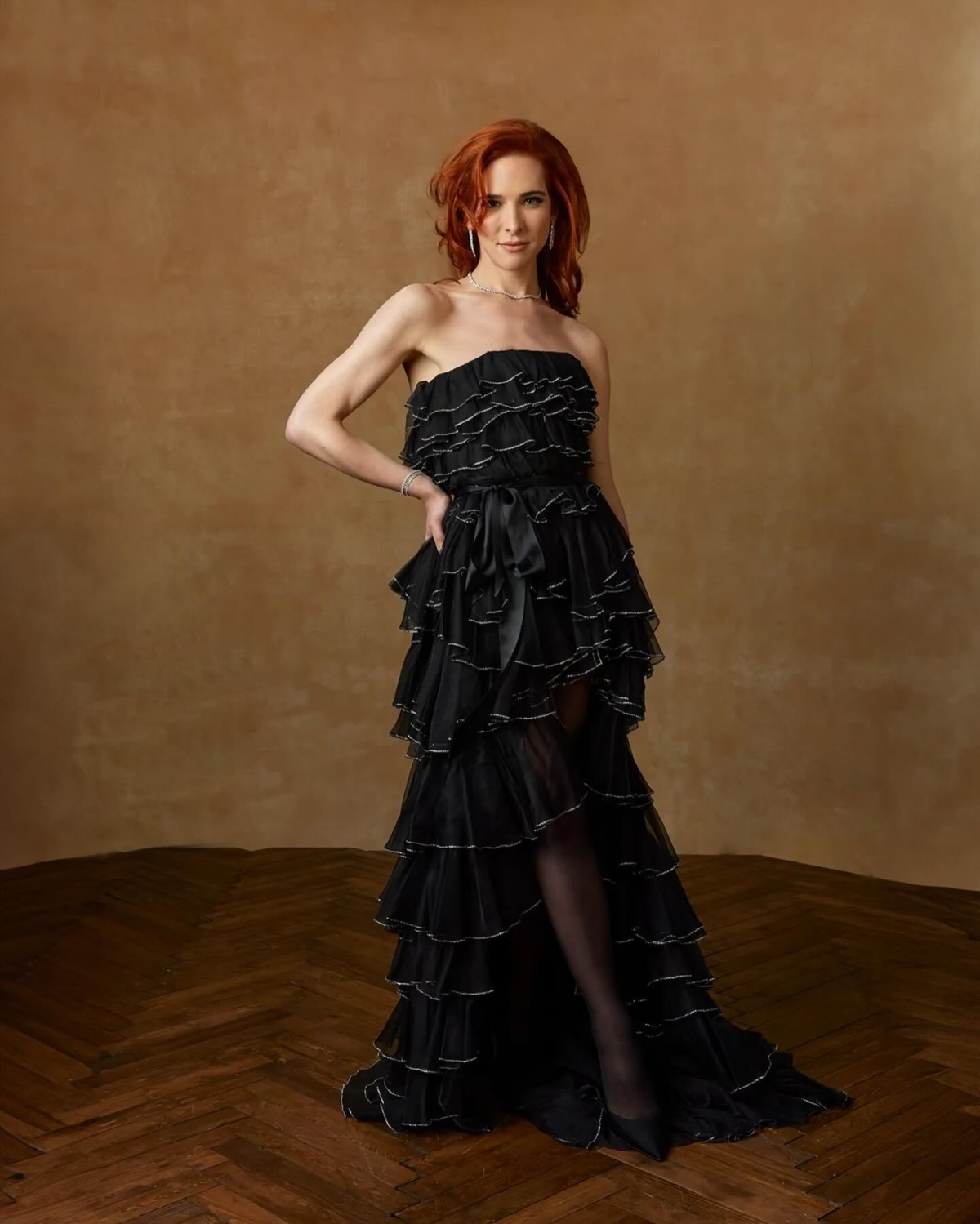
- Is your casting calendar diverse? If you’re only casting trans people during Pride month, you’re doing it wrong. That’s the biggest red flag. Real inclusion means trans people are in your holiday campaigns, your back-to-school ads, and your summer lookbooks.
- Is your set a safe and respectful space? This is so basic, but it gets overlooked. A five-minute pre-shoot meeting where you confirm everyone’s pronouns can make all the difference. Make sure the photographer, stylists, and crew are all on the same page.
- Are you paying equitably? Don’t try to get a ‘diversity discount.’ Pay your trans talent the same rate as their cisgender colleagues for the same work. Period.
- Are you avoiding stereotypes? Please, don’t cast a trans model just to tell a story about their struggle or transition. Cast them because they’re a fantastic model who can sell your product. Let them be chic, funny, powerful, or glamorous. Let them just be.
I once consulted for a brand that got this wrong. They launched a campaign that felt very tokenizing, and the online backlash was swift and brutal. To their credit, they pulled it, hired a diversity consultant (ahem), and re-shot the entire campaign, this time developing the concept with the models. It was an expensive lesson, but one they definitely needed to learn.
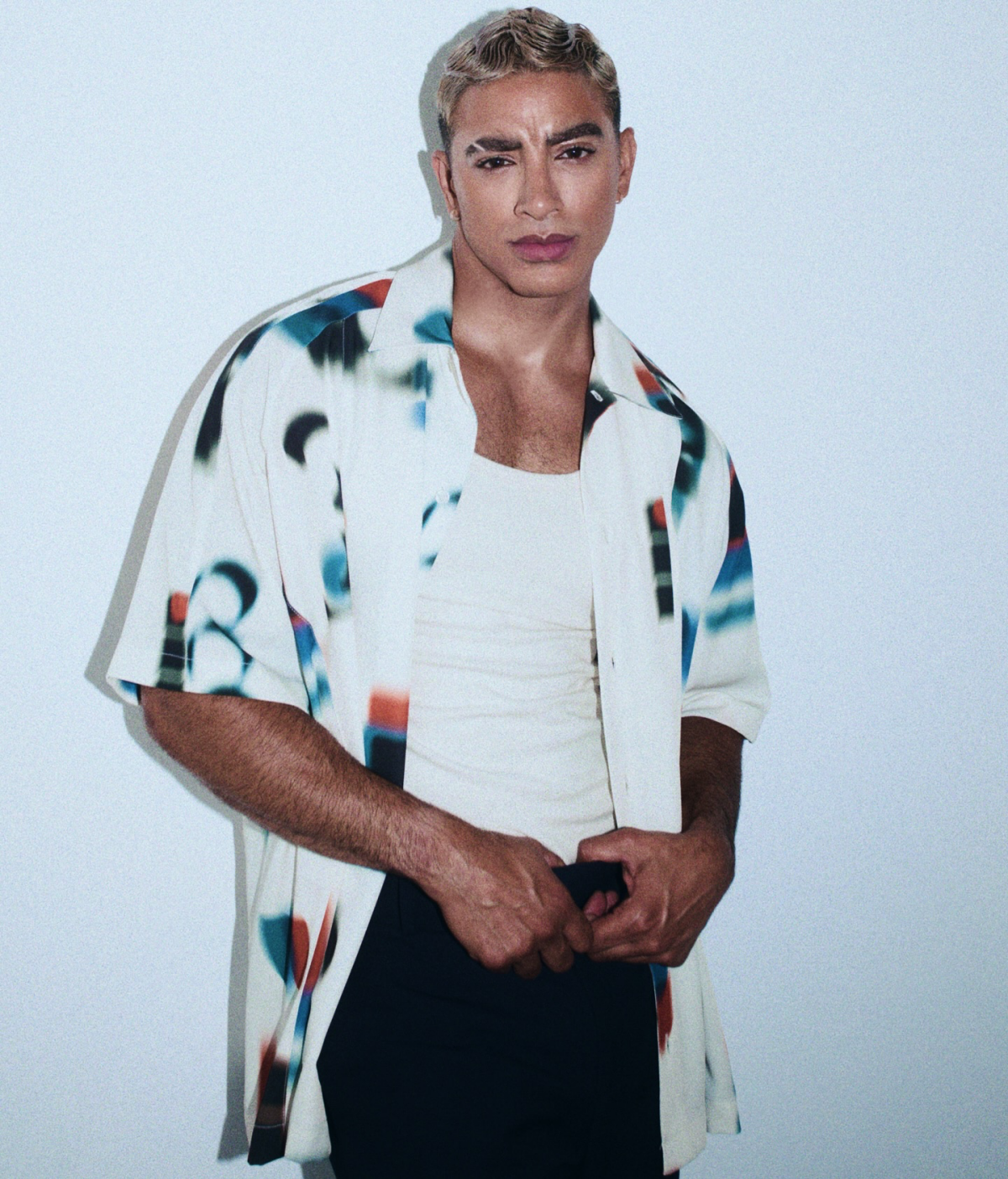
A Few Good Places to Start
This whole shift is a work in progress, but it’s moving in the right direction. The key for everyone involved—models, agents, and brands—is to treat it with the professionalism and strategic thinking it deserves.
If you’re a model looking for representation, do your homework. Look for agencies that have a proven track record of supporting diverse talent. A few like Slay Model Management have built their entire brand around it. And for the brand managers, if you need data to convince the C-suite, just look up any recent consumer study on Gen Z’s buying habits. The numbers don’t lie: authenticity sells, and exclusion is a liability.
Galerie d’inspiration
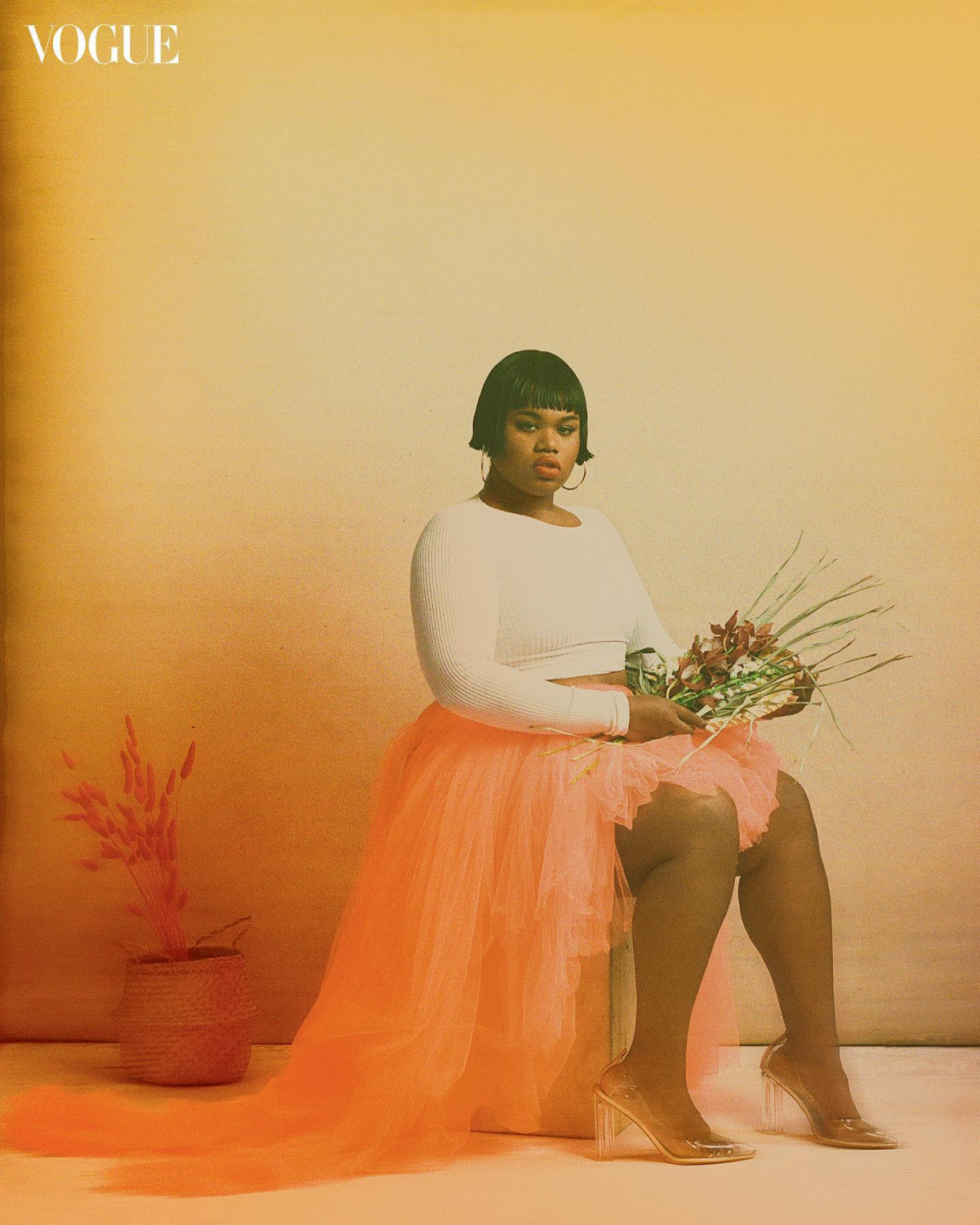
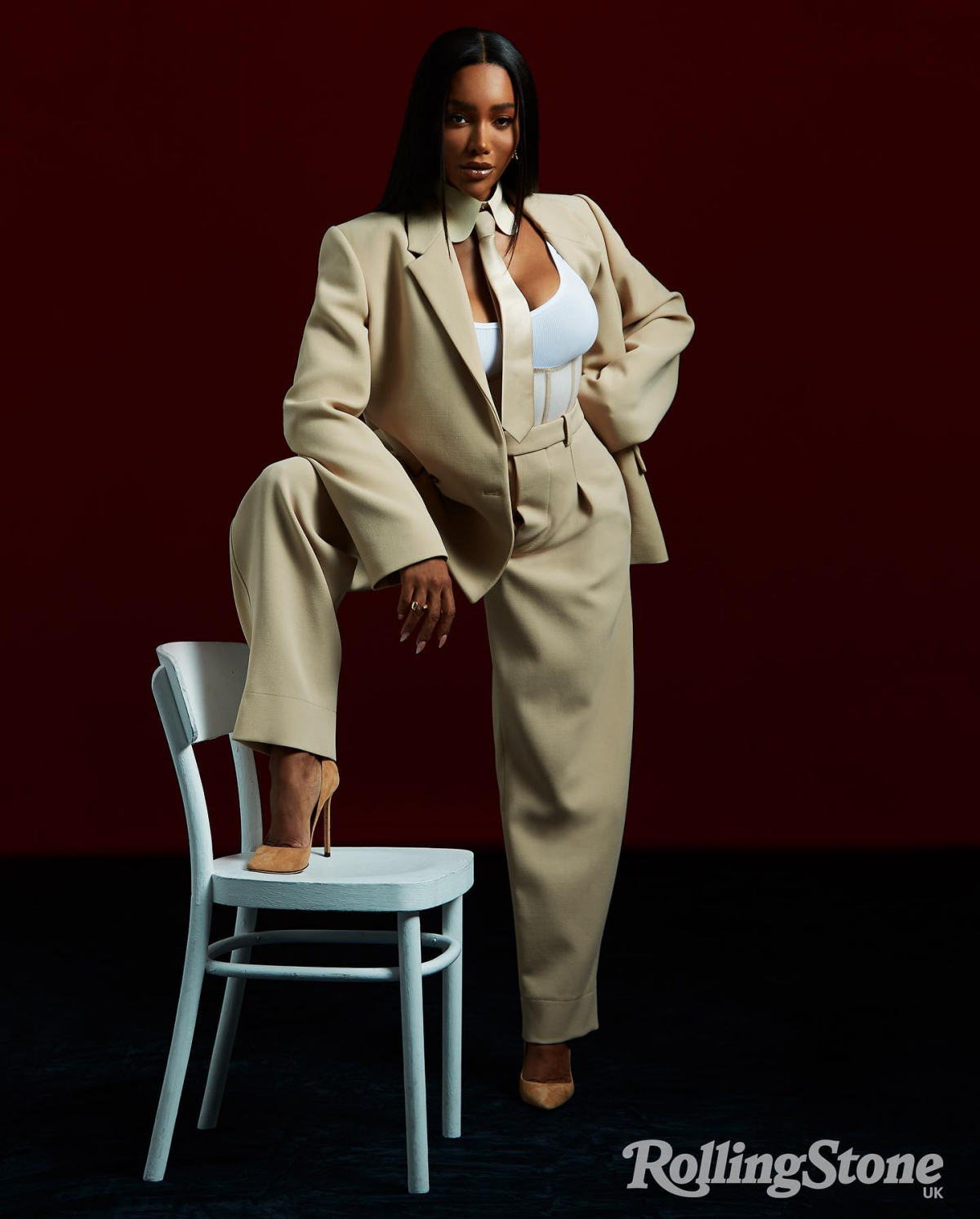
High Fashion: This is the world of runway, editorial, and avant-garde campaigns like those for Mugler or Prada. The focus is on unique, often androgynous or angular features that highlight the clothes as art.
Commercial Modeling: Think brands like Dove, Target, or Coca-Cola. The goal is to be relatable and aspirational to a broad audience. It often requires a more conventional ‘friendly’ look and strong acting skills.
A model’s career path, pay scale, and required look differ dramatically between the two.
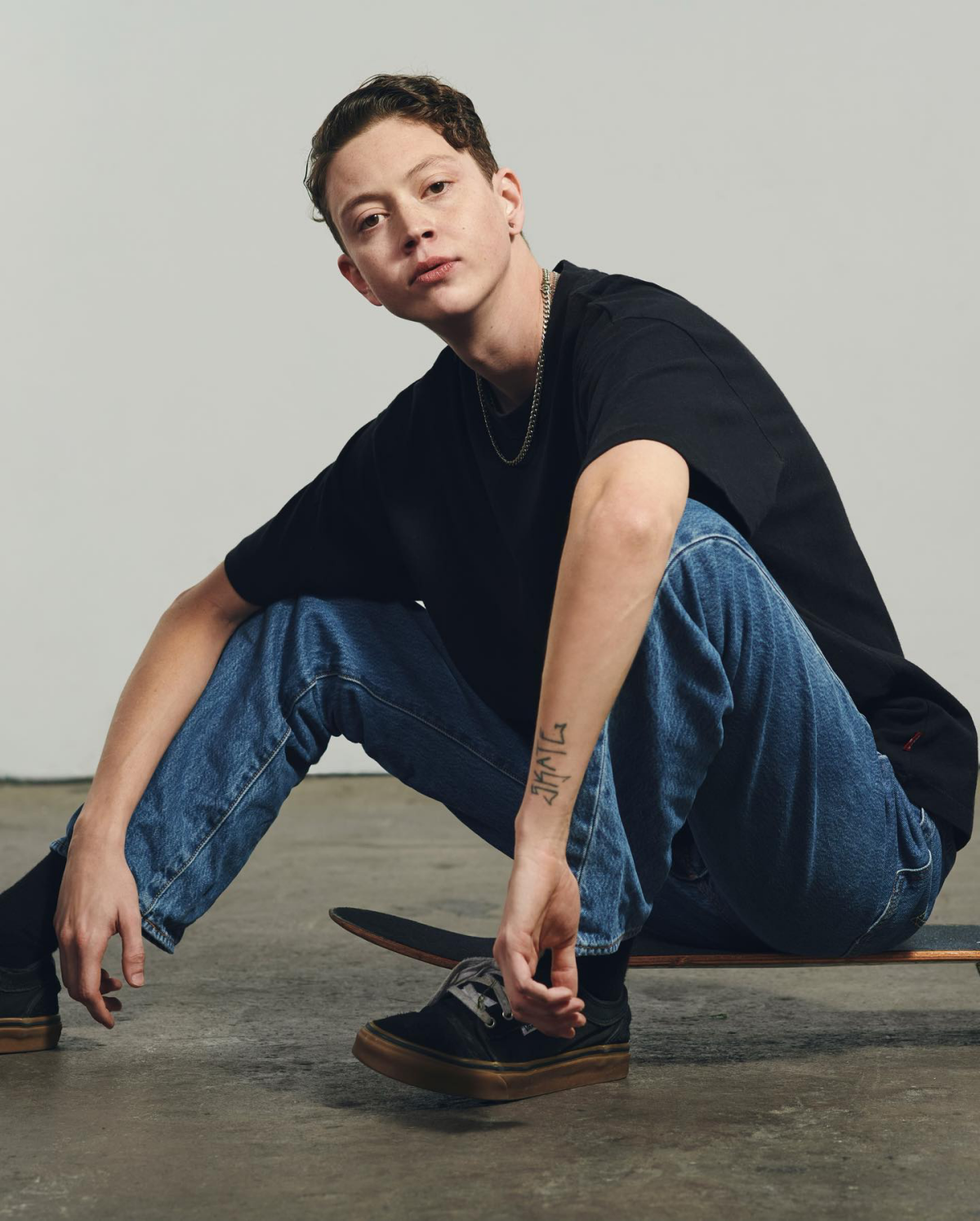
A 2020 study by GLAAD and Procter & Gamble found that thoughtful LGBTQ+ representation in ads drastically increases purchasing intent among non-LGBTQ+ audiences.
This isn’t just about capturing the ‘pink dollar.’ It signals to a much broader consumer base that a brand is modern, aware, and aligned with contemporary values. For a brand like Calvin Klein, featuring a trans model isn’t a niche play; it’s a mainstream strategy to reinforce its cultural relevance and appeal to a generation that demands authenticity.
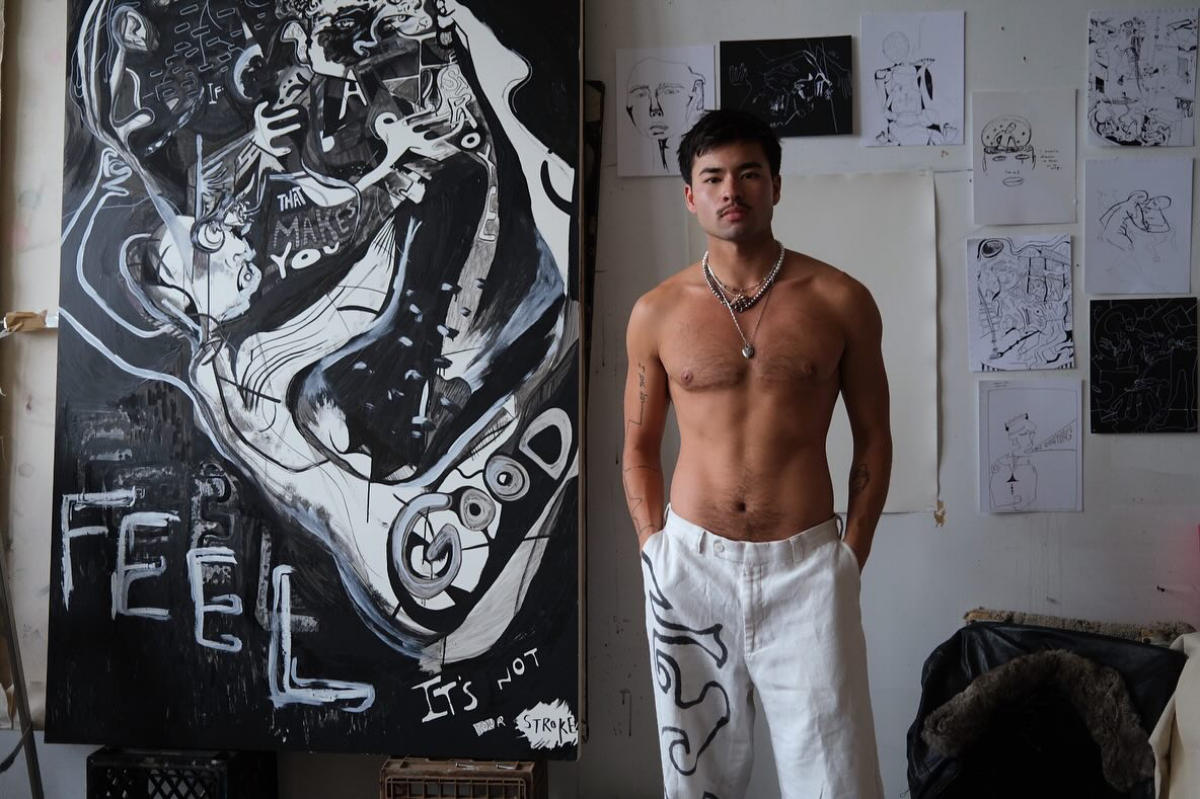
Is a strong social media following more important than an agency contract?
Not necessarily, but it has completely changed the power dynamic. A large, engaged following, like Dylan Mulvaney or Chella Man have cultivated, is a form of leverage. It demonstrates a proven market appeal that agencies and brands can’t ignore. It allows a model to build their own brand and collaborate directly. The ideal scenario? Both. An agency handles the high-level bookings while social media provides a direct line to your audience and a consistent income stream.
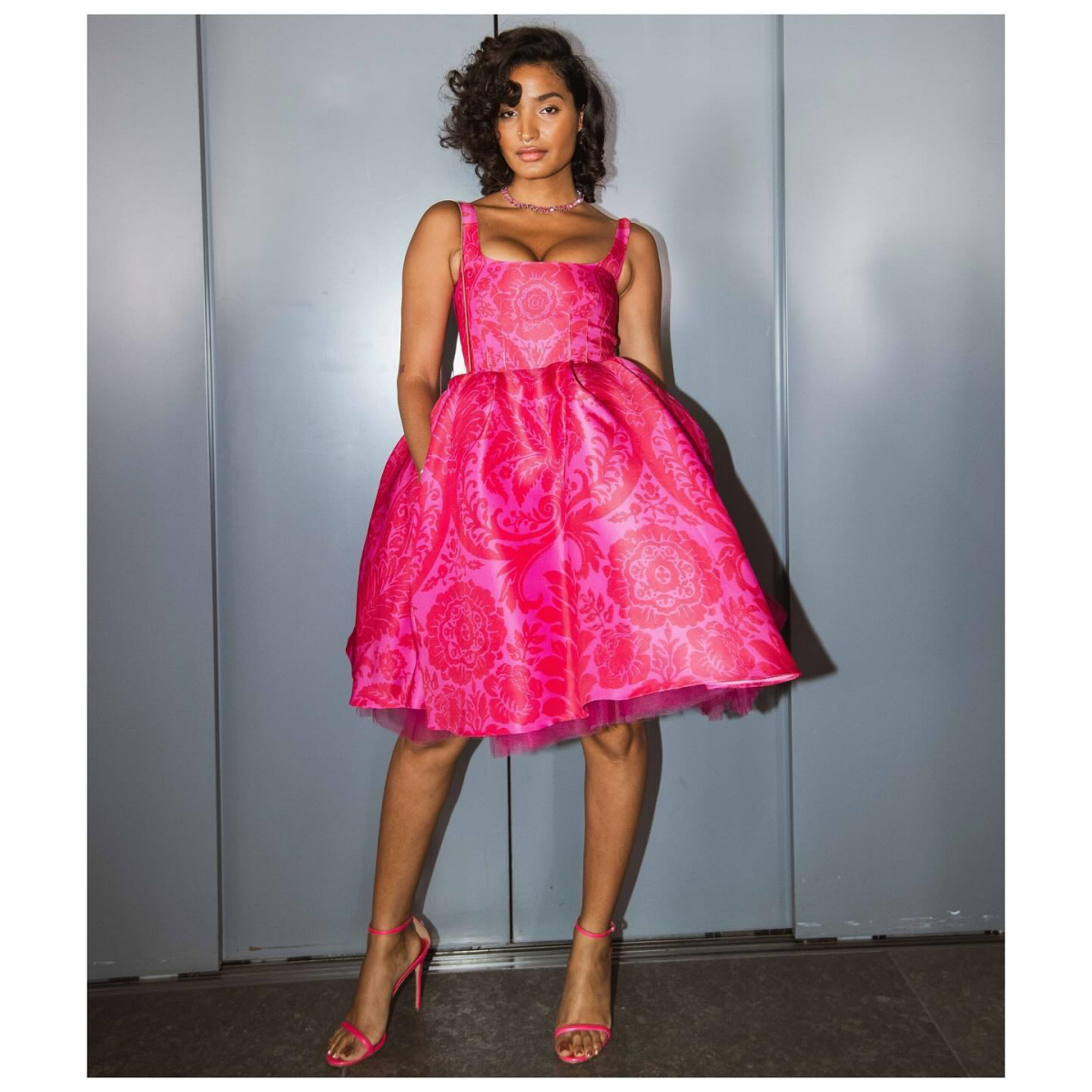
Agencies like New York’s ‘We Speak Model Management’ or London’s ‘UGLY/No Agency’ have built their entire business model on challenging traditional beauty standards. They don’t just have a ‘diversity’ board; their entire roster is a testament to the idea that authenticity sells, proving that inclusive casting is a powerful and profitable market position, not just a passing trend.
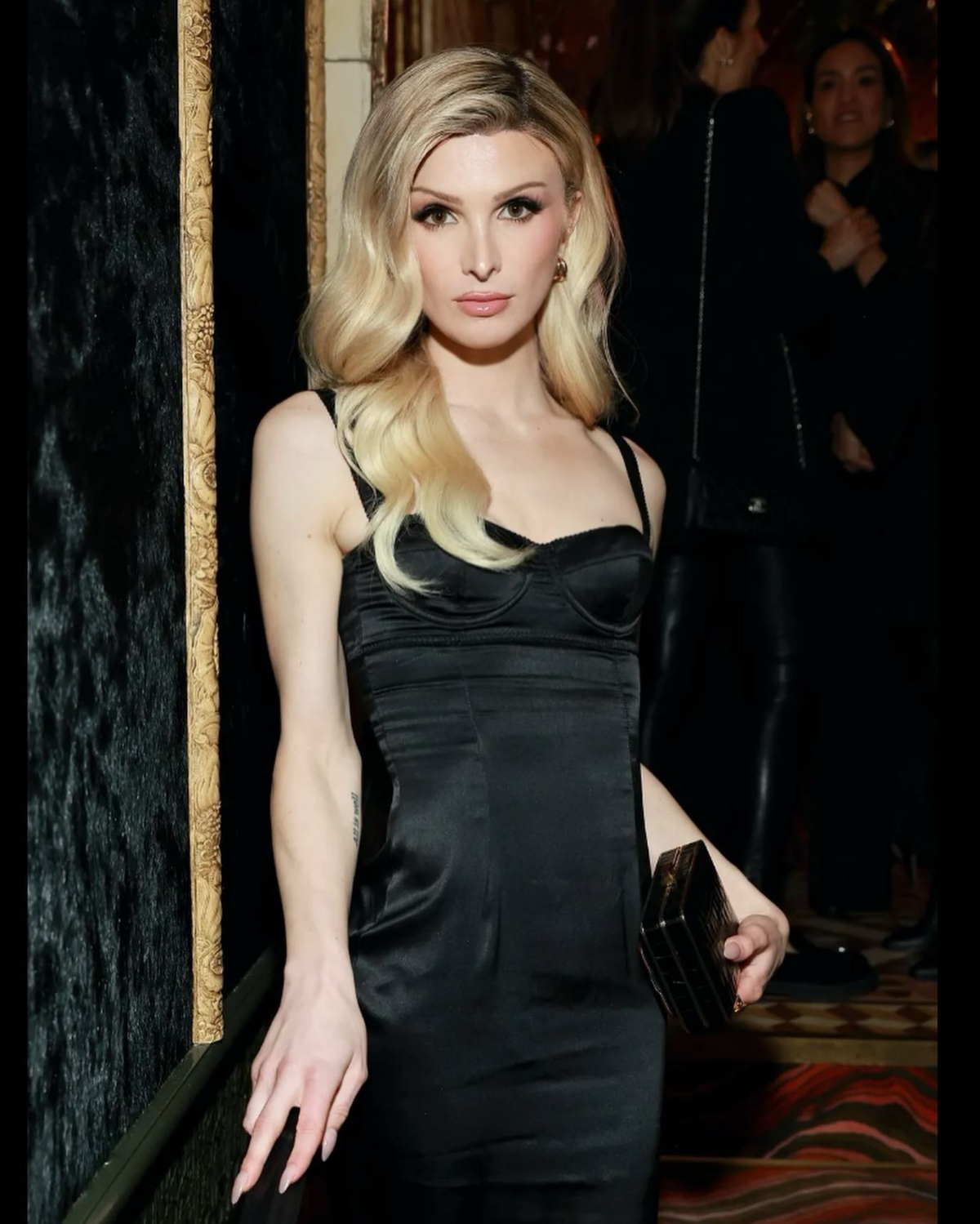
- Direct access to a loyal audience.
- Full creative control over your image.
- A diversified income stream beyond day rates.
The secret? A powerful, self-built brand. Models like Antoni Bumba on TikTok have shown that you no longer have to wait for a casting director to discover you. By creating compelling content, they build a fanbase that brands want to tap into, turning the traditional model-client relationship on its head.
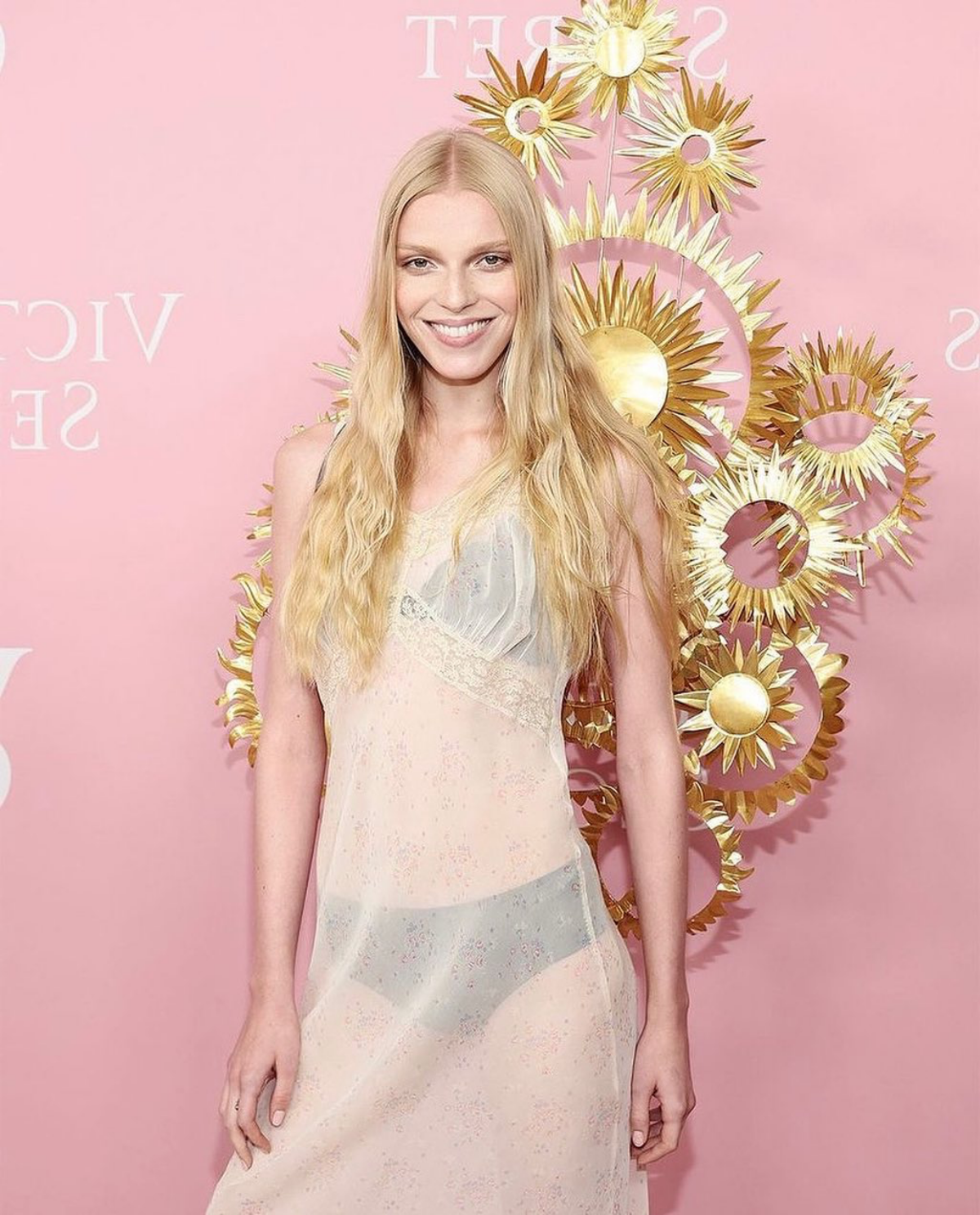
‘My visibility is not just for me. It is for the women who are still in the shadows. It is for the women who are still not safe.’ – Indya Moore
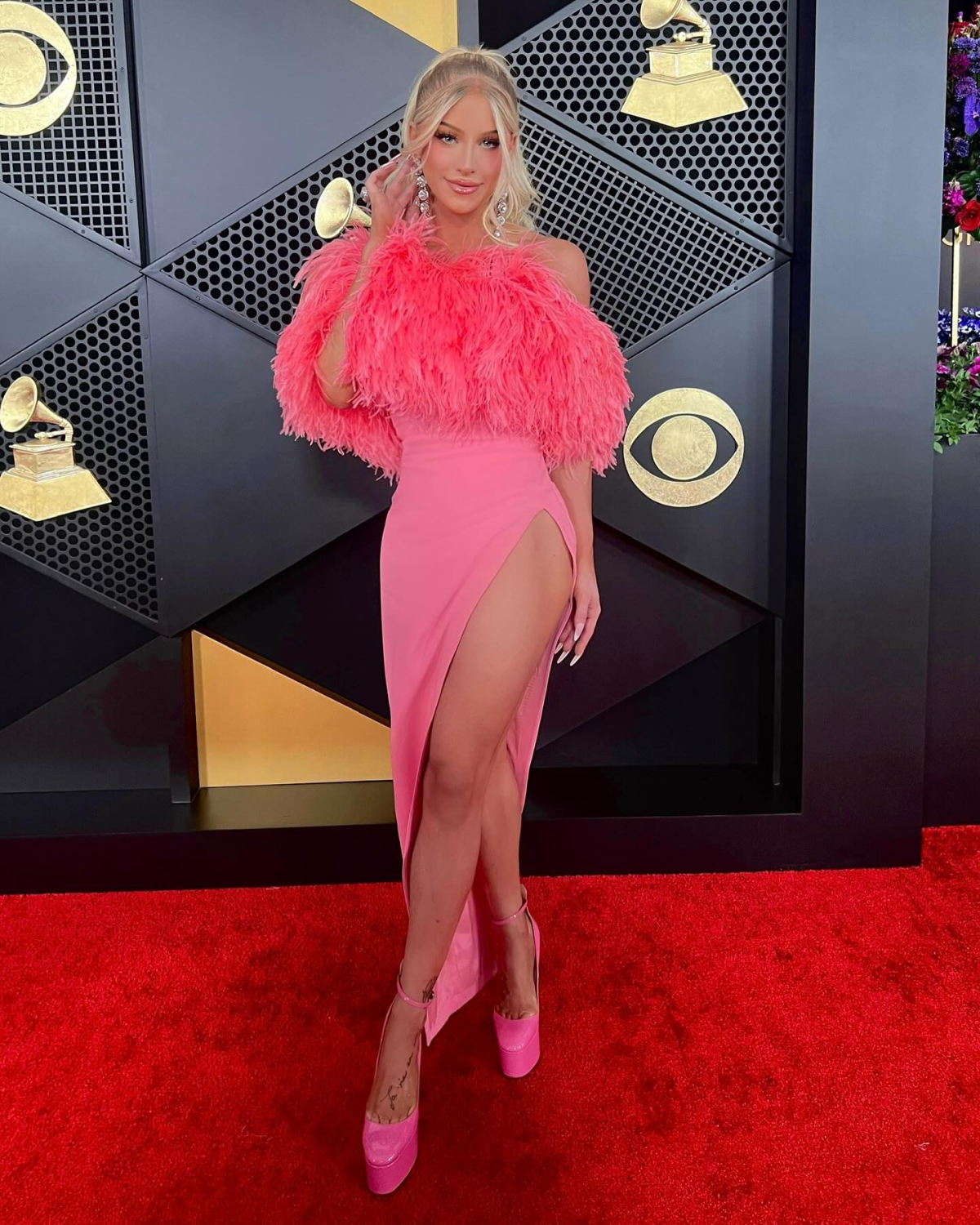
The biggest misstep for brands: Tokenism. Casting one trans model for a ‘Pride’ campaign and then reverting to homogenous casting for the rest of the year is transparent and often backfires. Authentic inclusion, as seen in Savage X Fenty’s regular casting, means integrating diverse talent into core brand campaigns year-round, not just as a seasonal marketing stunt. Consumers see right through it.
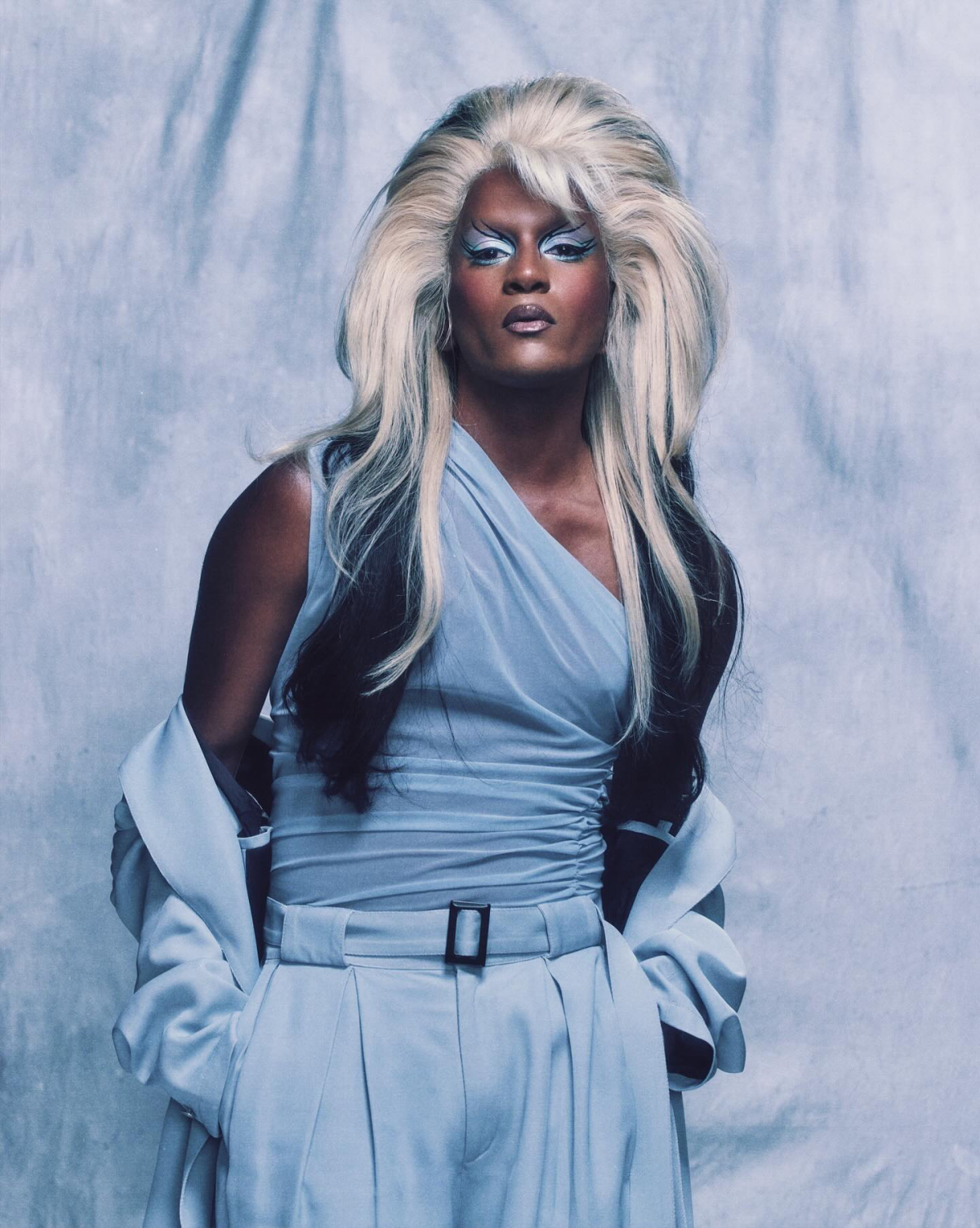
Long before the current wave of visibility, pioneers were paving the way in relative obscurity. Their stories are a crucial part of fashion history.
- Tracey “Africa” Norman: A trailblazing Black trans model who landed a Clairol contract in the 1970s, keeping her trans identity a secret to build a successful career.
- April Ashley: One of the first British models to undergo gender confirmation surgery, she was famously photographed for Vogue in the 1960s before being outed by a tabloid.
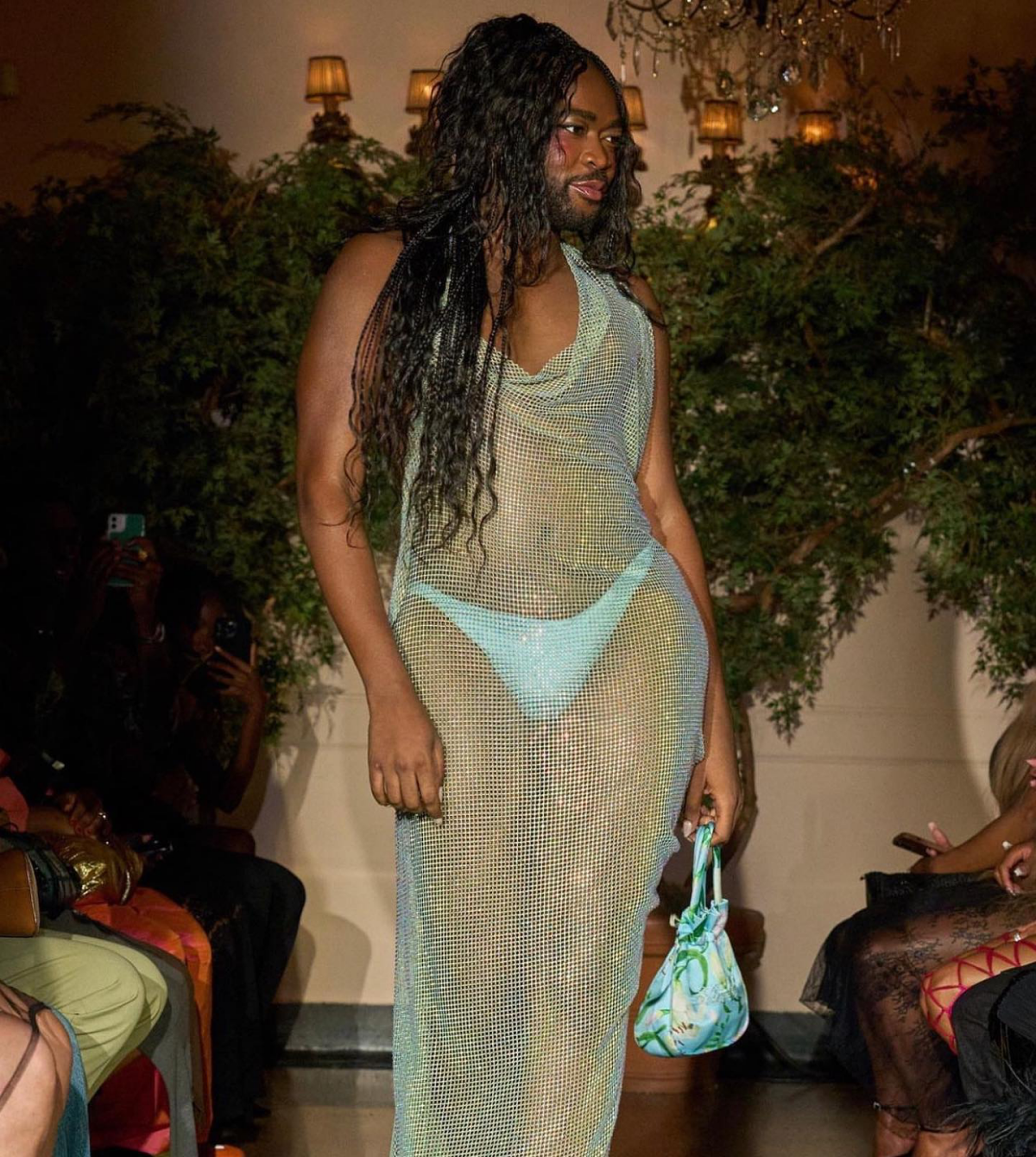
The Modern Model’s Toolkit
- A professional portfolio with high-quality test shots.
- Clean, unretouched digitals showing your natural look.
- An active, curated social media presence (Instagram is key).
- A ‘leave-behind’ comp card with your stats and best photos.
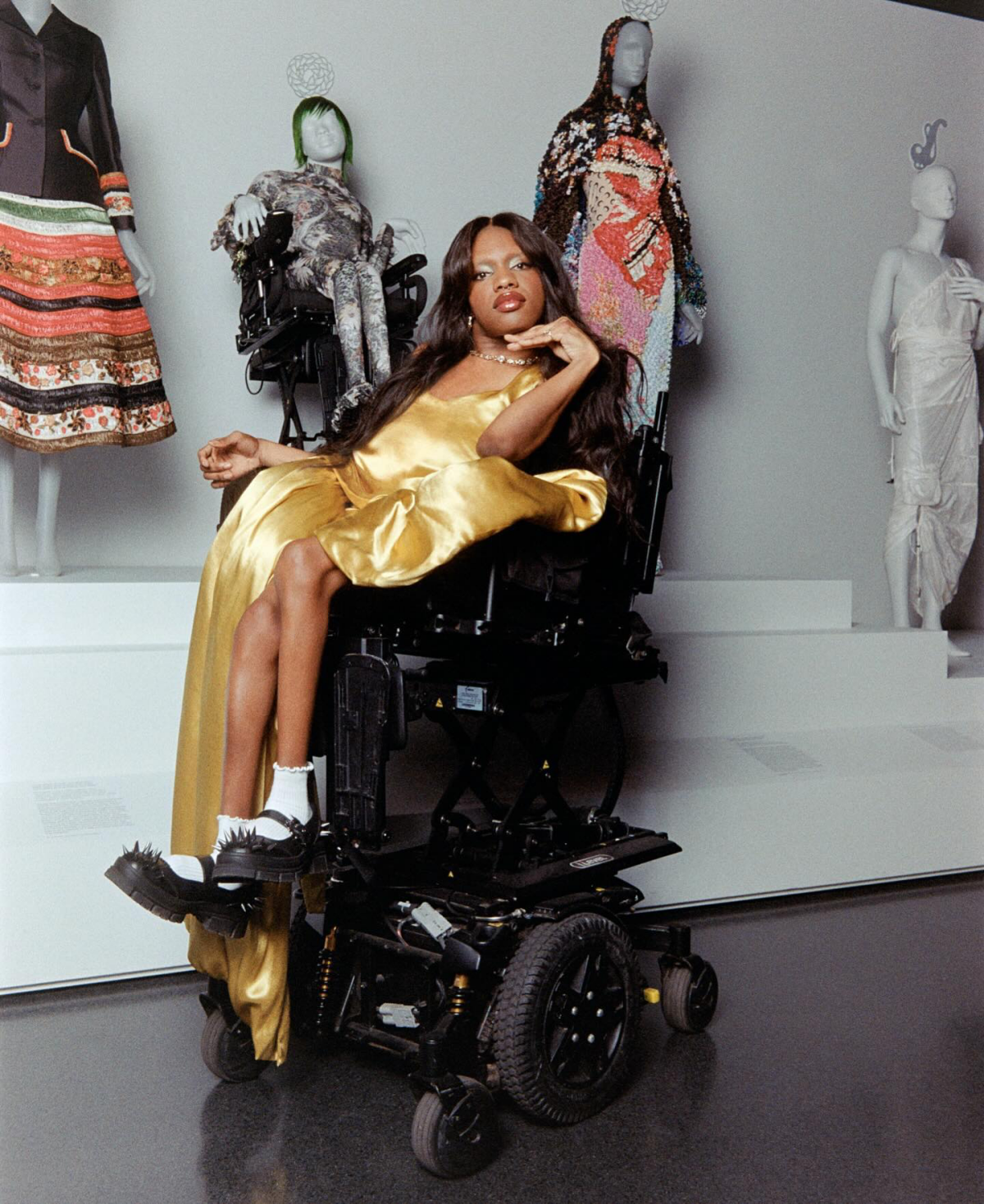
Beyond the contract, the concept of a ‘safe set’ is becoming a non-negotiable standard. This includes simple but crucial elements like providing private changing areas and having clear policies, often in the model’s rider, that mandate the use of correct pronouns by everyone on set, from the photographer to the catering staff.
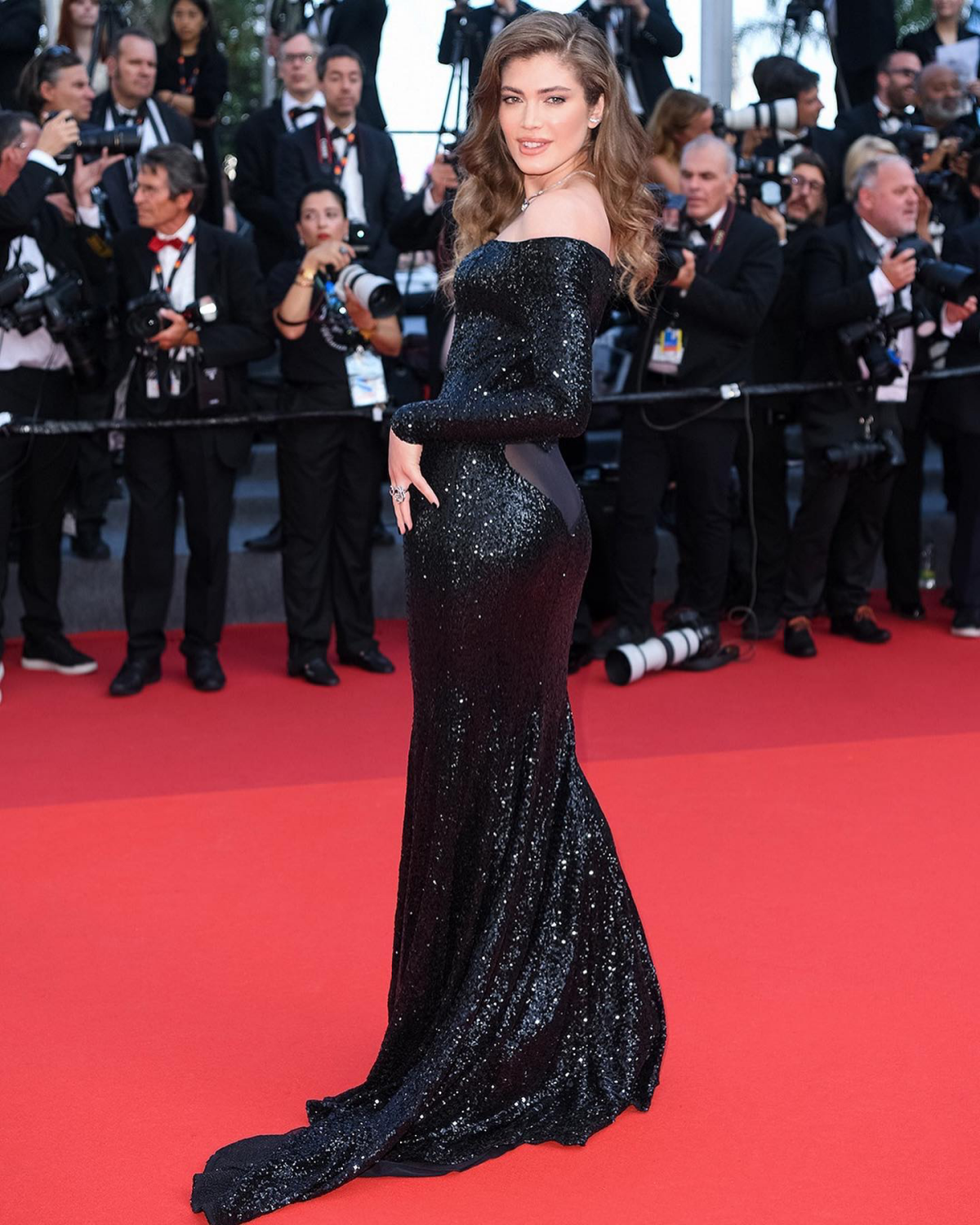
What’s a common mistake brands make when working with trans talent for the first time?
One of the most frequent fumbles is focusing exclusively on the model’s trans identity rather than their talent as a model. While their story is powerful, they were hired to sell a garment or a feeling. Reducing them to an educational tool or a ‘brave story’ can feel patronizing. The most successful campaigns, like Hunter Schafer for Prada or Nathan Westling for Levi’s, work because they treat the model as a professional first. The casting is inclusive, but the creative focuses on style, attitude, and the product.
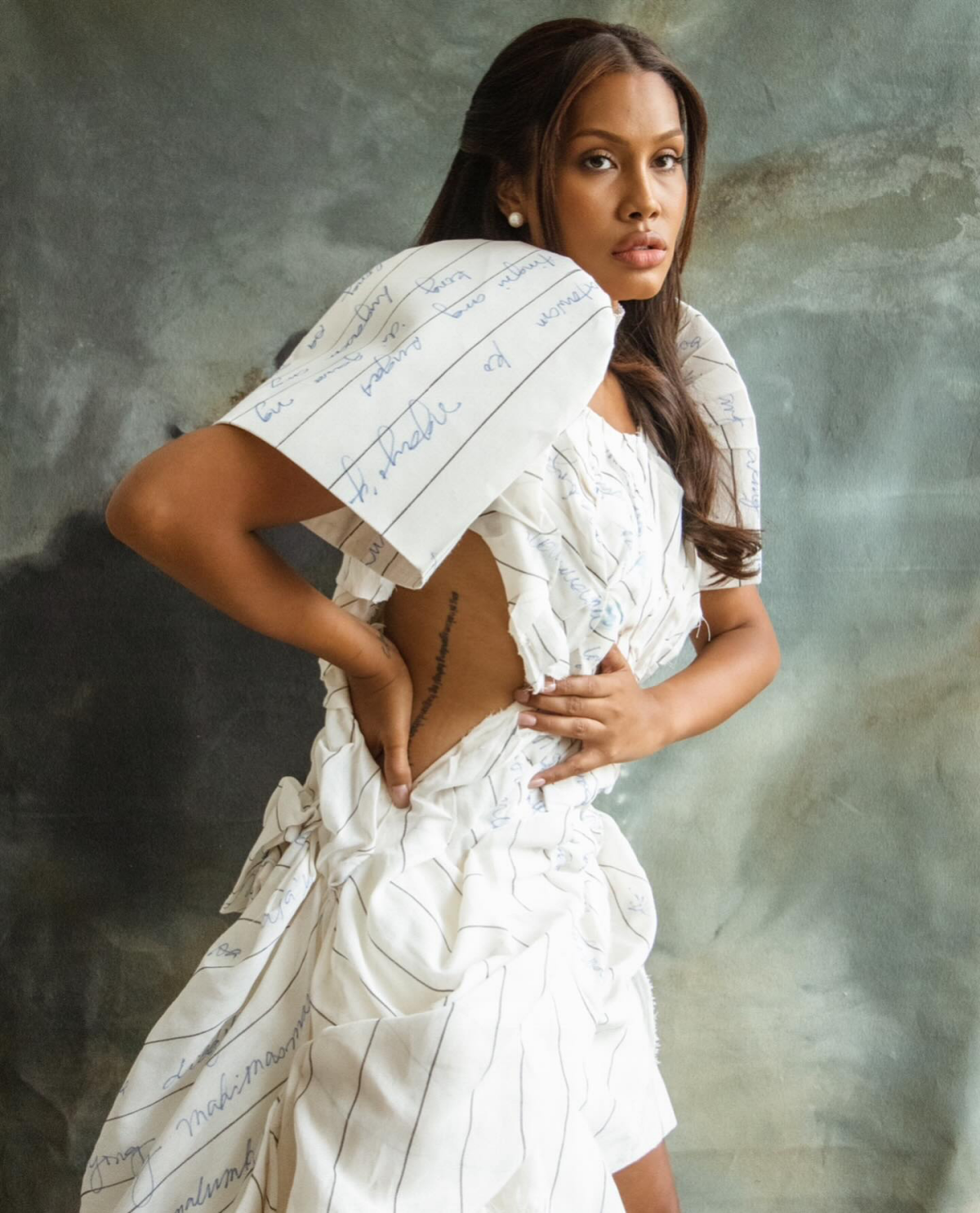
- Portfolio Development: Professional test shoots can cost anywhere from $300 to over $1,000.
- Comp Cards: Printing professional composite cards is an ongoing expense.
- Unseen Costs: Constant travel to castings, maintaining a specific wardrobe, and simply the cost of living in a fashion capital like New York or Paris before you land a big paycheck.
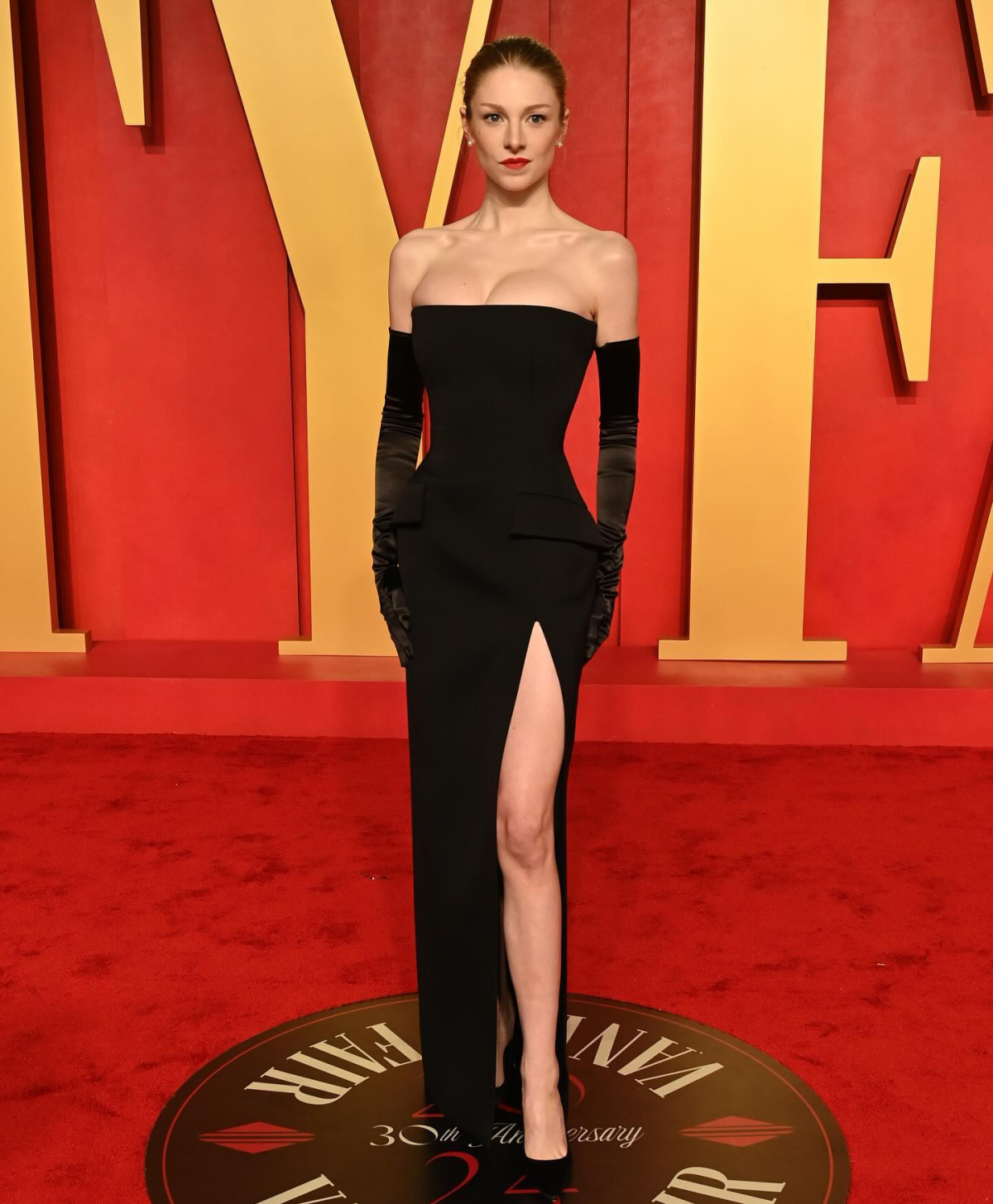
Agency Exclusive: You sign with one major agency (like IMG or Ford Models) in a major market (e.g., Paris). They handle all your bookings in that region. It offers prestige but less flexibility.
Mother Agent: This is often a smaller agent who discovers you and helps develop your career. They then place you with various larger agencies around the world and take a percentage of their commission. It’s about strategic, long-term guidance.
Did you know? The global LGBTQ+ community’s purchasing power is estimated to be around $3.7 trillion.
This staggering figure is a primary driver behind the industry’s shift. Brands aren’t just embracing inclusivity for ethical reasons; they’re following the money. A campaign featuring visible trans talent, like Jari Jones for Calvin Klein, is a direct investment in winning over a loyal and economically powerful consumer base.










